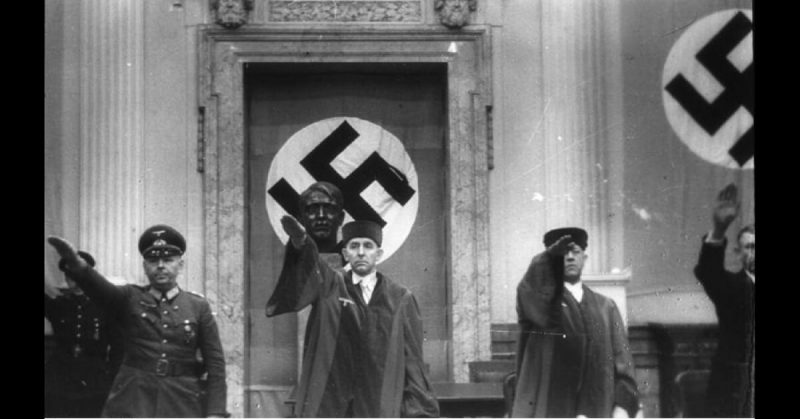Poetic justice is when the good are rewarded and the evil punished. It usually comes about by an ironic twist of fate. It happened to a man who was to be executed but survived due to the executioner himself being killed.
All German civilians, officials, and military personnel did not support Hitler and Nazi ideology. Take the famous incident of the Brandy Bomb.
The man behind it was Hermann Henning Karl Robert von Tresckow. He was a Prussian noble and military man who saw action in WWI and earned an Iron Cross (2nd Class).
Tresckow developed a reputation for taking his nobility very seriously, as well as making his own rules. Count Siegfried von Eulenberg, the commander of the 1st Regiment of Foot Guards, famously said of Tresckow that he would either “become chief of the General Staff or die on the scaffold as a rebel.” It was somewhat prophetic.
Tresckow knew his military stuff as he proved when Germany successfully occupied France in 1940. He impressed Hitler. Tresckow did not feel the same way about Hitler. Initially pro-Nazi, Tresckow’s rose-tinted view of the party began to crack.
On October 20, 1941, when Jews were massacred in the Russian city of Borisov, Tresckow was disgusted. Freeing Germany of Jews was one thing, but mass slaughter was quite another. He wanted to resign, but his fellow Prussian nobles had other ideas. Many of them had served together in WWI and believed the best thing to do was to get rid of Hitler.
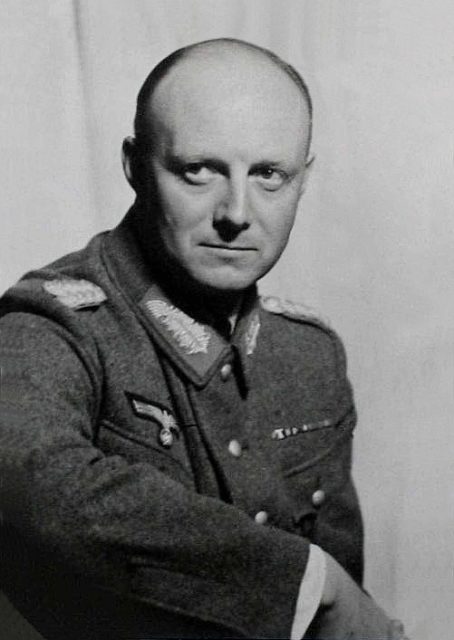
Among their number was Fabian Ludwig Georg Adolf Kurt von Schlabrendorff. Schlabrendorff was a lawyer, who joined the German Army as a reserve member. When WWII broke out, he became adjutant to Colonel Tresckow.
Tresckow was not as happy at France’s downfall as a good Nazi ought to have been.
“If Churchill can induce America to join in the war,” he said in Paris one October evening, “we shall slowly but surely be crushed by material superiority. The most that will be left to us then will be the Electorate of Brandenburg (a German province), and I’ll be chief of the palace guard.”
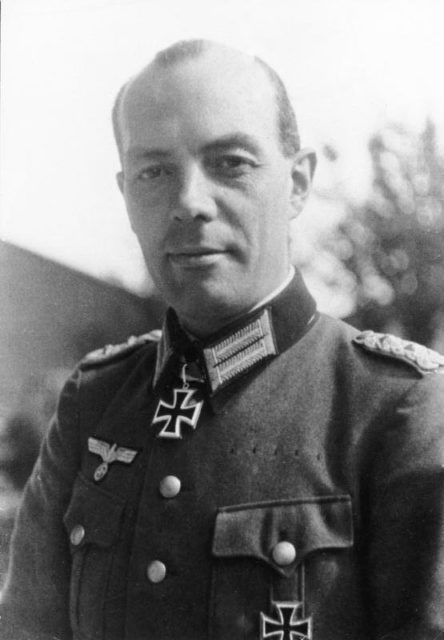
The other conspirators agreed. Things came to a head when America joined the war against Germany in December 1941. To spare their country, they hoped to launch a coup and make peace terms with the Allies. First, Hitler had to go, but it was not going to be easy.
Their chance came on March 13, 1943. Hitler had paid a visit to the Army Group Center Headquarters in Smolensk. Schlabrendorff approached one of Hitler’s aides and gave him a box filled with two bottles of Cointreau brandy, and plastic explosives rigged to a 30-minute fuse.
Knowing Schlabrendorff and used to accepting gifts for the Fuhrer, the aide took the box and boarded a plane along with Hitler. It took off, and the conspirators waited.
They were still waiting when the plane landed safely in Berlin. Schlabrendorff had to fly to Berlin, apologize to the staff for the mistake, and exchange the dud with another box filled with non-explosive brandy. Why the fuse did not go off remains a mystery.
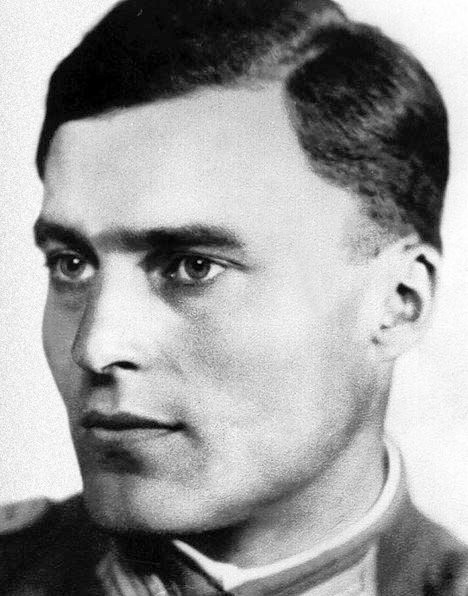
Next up was Major-General Rudolf Christoph Freiherr von Gersdorff. Hitler was to visit the Zeughaus Berlin Museum’s Armory to inspect captured Soviet weapons on March 21. With him were Hermann Göring, Heinrich Himmler, Field Marshal Wilhelm Keitel, and Grand Admiral Karl Dönitz — pretty much Germany’s elite.
Gersdorff could not pre-rig the museum with explosives because security was too tight, so he decided to sacrifice himself by putting bombs in his pockets. His plan was to grab Hitler in a death grip. However, the Fuhrer sped through the museum in under ten minutes, never giving Gersdorff a chance.
On June 20, 1944, Hitler was scheduled to hold a meeting in Wolf’s Lair; his field headquarters near Rastenurg, East Prussia. Colonel Claus Philipp Maria Schenk Graf von Stauffenberg, another decorated noble, attended the meeting carrying a briefcase loaded with plastic explosives set with a pre-timed acid fuse. He placed it beneath the conference table as close to Hitler as he could.
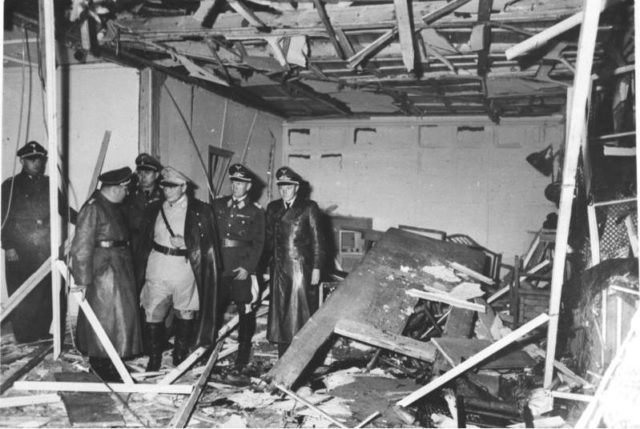
Minutes before the bomb was due to explode, Stauffenberg excused himself saying he had to make a phone call. After he had left, an aide moved the briefcase away from Hitler and put it behind a table leg. It exploded seconds later, killing four people.
Not Hitler – the conference table shielded him from the worst of the blast. The conspirators then either killed themselves (like Tresckow) or were shot (like Stauffenberg), while the rest were arrested along with their families.
Schlabrendorff’s trial took place before the People’s Court on February 3, 1945. In charge was Roland Freisler; State Secretary of the Reich Ministry of Justice and President of the People’s Court.
Freisler had attended the 1942 Wannsee Conference to provide the legal framework which set the Final Solution in motion. He was known as the “hanging judge” because he had issued over 5,000 death sentences between 1942 and 1945. That number was more than all the other German courts combined from 1934 to 1945.
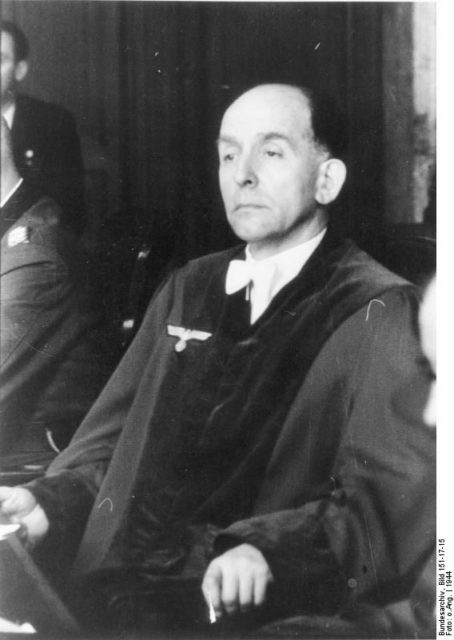
The session began at 11 AM. Five minutes later, air raid sirens sounded. Freisler ordered the room evacuated, pausing only long enough to grab Schlabrendorff’s files.
Overhead, Lieutenant Colonel Robert Rosenthal of the US 8th Airforce unloaded his cargo over Berlin. One bomb struck the court building at 11:08 AM knocking over a column which crushed Freisler to death while he was still clutching Schlabrendorff’s papers.
Schlabrendorff spent the remainder of the war in various concentration camps until his release on May 5. Between 1967 until his retirement in 1975, he served as a judge on the Constitutional Court of West Germany.
Colonel Rosenthal was an Ashkenazi Jew who was inducted into the Jewish-American Hall of Fame in 2006. Now that is poetic justice.
